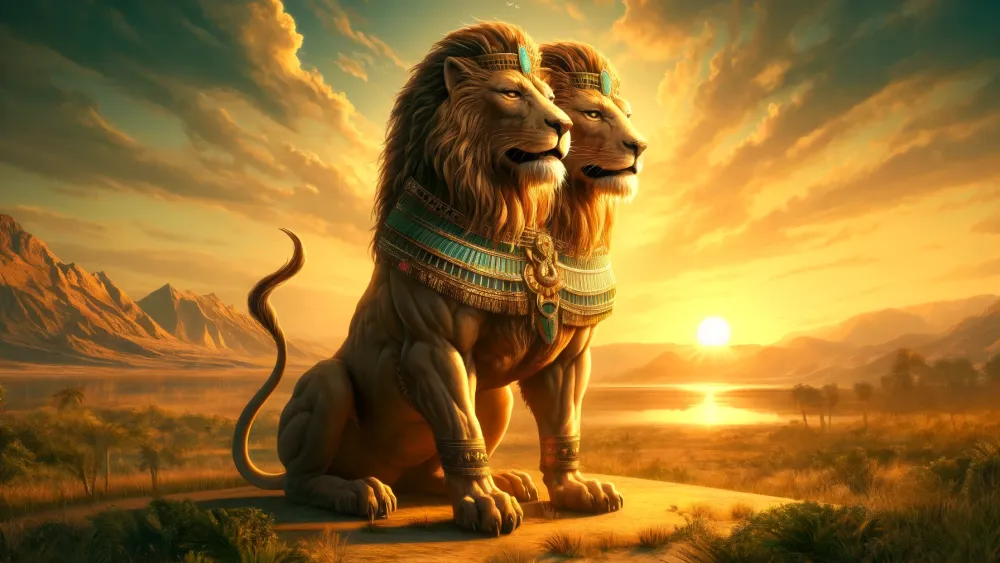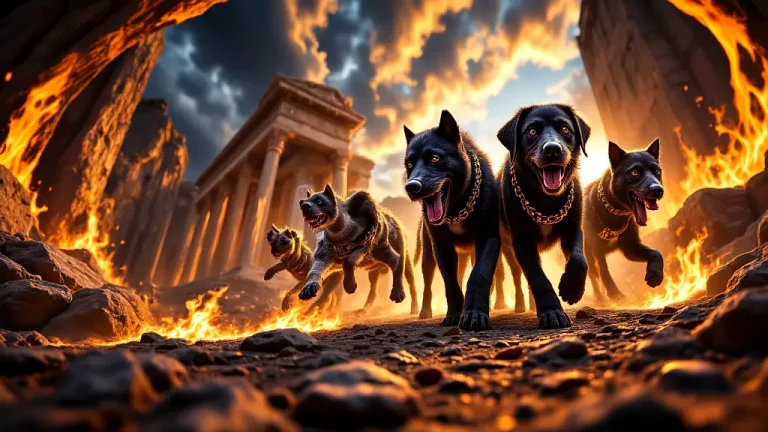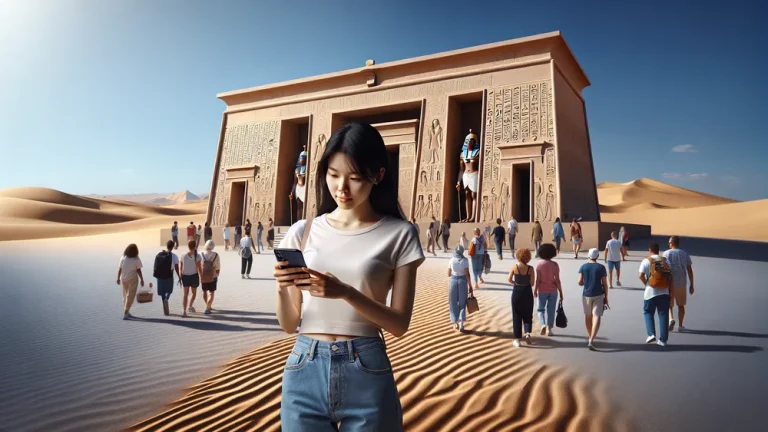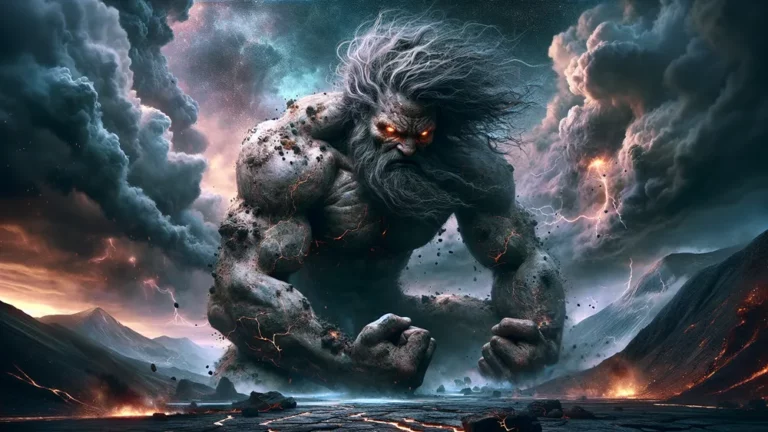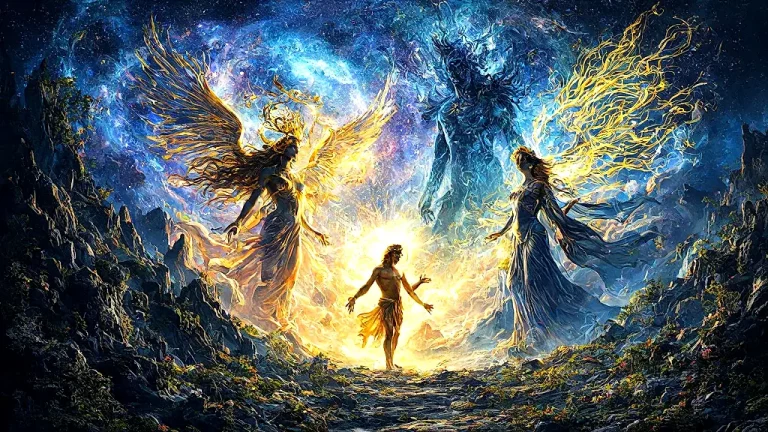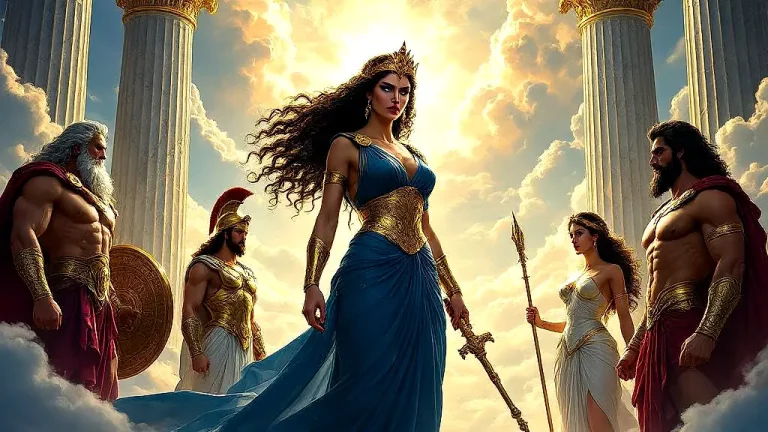Aker: Ancient Egyptian God Of Earth And Horizon
Aker, an old Egyptian god, stands out in the group of gods as the earth and horizon. People really respect him for guarding the underworld and being a part of the sun’s daily trip. This blog dives into Aker’s story, symbols, and how he affects culture. We look at old texts, art, and how people worship him to get a full picture of Aker’s role in ancient Egypt.
Key Points:
- Aker is an ancient Egyptian god of earth and horizon, known for guarding the underworld and aiding the sun’s daily voyage.
- Aker’s origins trace back to the Old Kingdom period, where he is mentioned in texts as a guardian facilitating the soul’s transition to the afterlife.
- Symbolized by two lions facing opposite ways, Aker represents duality and the passage of time in Egyptian culture.
- Aker plays a crucial role in Egyptian mythology as a guardian of the underworld and a guide for souls after death.
- Aker’s connection to the horizon and the sun’s daily cycle emphasizes his role in maintaining cosmic order and natural cycles.
- Temples dedicated to Aker, like the one in Heliopolis, served as centers for worship and rituals involving offerings and prayers for protection.
- Ancient Egyptian texts, such as the Pyramid Texts and Coffin Texts, portray Aker as a protector and key figure in maintaining order in the afterlife and natural world.
By checking out these things, we hope to show how important Aker is and why he still matters.
The Origins of Aker
To get Aker, let’s see where he starts and how his story kicks off.
Historical Background
The first mentions of Aker show up in old Egyptian writings from the Old Kingdom time (around 2686–2181 BCE). These writings talk about Aker as a god linked to the earth and the horizon.
In the Pyramid Texts (a bunch of old Egyptian religious writings from the Old Kingdom), Aker shows up as a guardian who helps the dead king’s trip to the afterlife. His job is to make sure the king’s soul gets to the afterlife safely, showing how important he is in Egyptian beliefs about death and rebirth. Aker’s role in Egyptian mythology is pretty varied.
He mainly acts as a god of the earth and horizon, showing the passage of time and the sun’s daily trip. Aker often appears as two lions facing opposite ways (showing yesterday and tomorrow), with the sun rising between them. Over time, people start to worship Aker more in funerary practices.

They build temples for him and do rituals to honor him and ask for his protection for the dead. This change shows how Egyptian religion shifts over time and how Aker stays important in their stories. Key points about Aker’s background:
- First mentions in Old Kingdom writings
- Guardian role in Pyramid Texts
- Shown as two lions for time
- Changes from earth god to funerary god
Aker, an Egyptian god, transitions from an earth and horizon deity to a guardian for the dead king’s afterlife and is worshipped for protection and guidance in funerary practices.
Symbolism and Iconography
Aker connects to many common symbols in old Egyptian culture. One big symbol is Aker as two lions facing opposite ways. These lions show duality (yesterday and tomorrow) and time passing. The sun rising between them means the sun’s daily rebirth, which is super important in Egyptian stories. Aker also shows up with hieroglyphs that have the horizon symbol (akhet) and earth symbols, showing his link to the world and time cycles.
The two lions mean a lot in Egyptian art and writing. The lions, called Sef and Duau, stand for the east and west horizons. This shows Aker’s job as a guardian of the horizon and night-to-day switch. In art, Aker often appears with these lions next to a sun disk, showing his tie to the sun’s trip.
Hieroglyphs with Aker usually have these parts, showing his protective and cyclical nature. Key symbols linked to Aker:
- Two lions facing opposite ways
- Sun rising between the lions
- Horizon symbol (akhet)
- Earth symbols
Aker’s Role in Egyptian Mythology
Now, let’s look at Aker’s key roles in Egyptian myths. We’ll see how he fits into their tales.
Guardian of the Underworld
Aker acts as a protector of the dead in old Egyptian beliefs. He guards the entrance to the underworld (the land of the dead) and makes sure only worthy ones pass. This job makes him key in the soul’s journey after death. Aker stays at the gates to keep bad spirits away and gives safe passage to the dead.
Aker’s link to the soul’s trip is big. In Egyptian myths, the soul travels through stages to reach the afterlife. Aker helps and protects the soul on this trip. People do rituals and prayers for Aker’s protection and guidance. These include offerings and recitations to get Aker’s favor and ensure a smooth journey for the dead. Key points about Aker’s role:

- Guards the underworld entrance
- Keeps bad spirits away
- Helps in the soul’s trip
- Rituals and prayers for safety
Aker plays a crucial role in protecting and guiding the souls of the dead on their afterlife voyage by guarding the underworld entrance, keeping evil spirits at bay, and assisting in the soul’s transition, which leads people to perform rituals and prayers for his safeguard and guidance.
Aker and the Horizon
Aker has a strong link to the horizon and the sun’s daily trip. In Egyptian myths, Aker stands for the earth’s edges (the east and west horizons) where the sun rises and sets. This makes Aker key in the day and night cycle. The two lions (Sef and Duau) show yesterday and tomorrow, showing Aker’s control over time.
Aker’s spot at the horizon means he helps the sun rise each morning (rebirth) and go into the underworld each night (sets). This link shows Aker’s role in keeping cosmic order and the natural cycle.
Aker in Ancient Egyptian Culture
Now, let’s see how Aker fits into old Egyptian life. We’ll check out his temples, worship, and texts.
Temples and Worship Practices
Many temples in ancient Egypt honor Aker. These temples often sit at key spots (like city gates or borders) to show Aker’s role as a guardian. Notable ones include the Temple of Aker at Heliopolis and smaller shrines in Thebes. These places serve as centers for worship and rituals for Aker. Common practices in Aker’s honor include offerings of food, drink, and incense.
People also say prayers and recitations to seek Aker’s protection. Priests and priestesses play a big role in these rituals. They run ceremonies, keep the temples, and guide worshippers. Their duties ensure that Aker’s presence stays strong in the community.
| Temple Name | Location | Significance |
|---|---|---|
| Temple of Aker | Heliopolis | Major center for Aker worship |
| Shrines of Aker | Thebes | Smaller, local places of worship |
| City Gate Temples | Various cities | Show Aker’s role as a guardian |
Priests and priestesses have crucial duties in maintaining the temples and guiding worshippers to honor and seek protection from Aker in ancient Egypt.
Aker in Literature and Texts
Old texts like the Pyramid Texts and Coffin Texts talk about Aker. These texts (used in burials) show Aker as a guardian of the underworld. In Egyptian stories, Aker often shows up as two lions facing opposite ways (showing the horizon). Religious writings describe Aker as a protector who helps the sun and souls move safely. These writings show Aker’s importance in keeping cosmic order and the natural cycle.
Pantheon of All the Egyptian Mythology Gods
For a full list of all the Egyptian gods, check out this link. It covers every major deity in Egyptian myths.
FAQs
1. Who is Aker in Egyptian mythology?
Aker in Egyptian mythology is the ancient god of the earth and the horizon, often depicted as two lions facing opposite directions.
2. What symbols are associated with Aker?
The symbols associated with Aker include two lions facing opposite directions, representing the eastern and western horizons.
3. How was Aker worshipped in ancient Egypt?
Aker was worshipped in ancient Egypt through rituals and prayers that invoked his protection for safe passage in the afterlife.
4. What is Aker’s role in the afterlife?
Aker’s role in the afterlife is to act as a guardian who protects the deceased and ensures their safe passage through the underworld.

